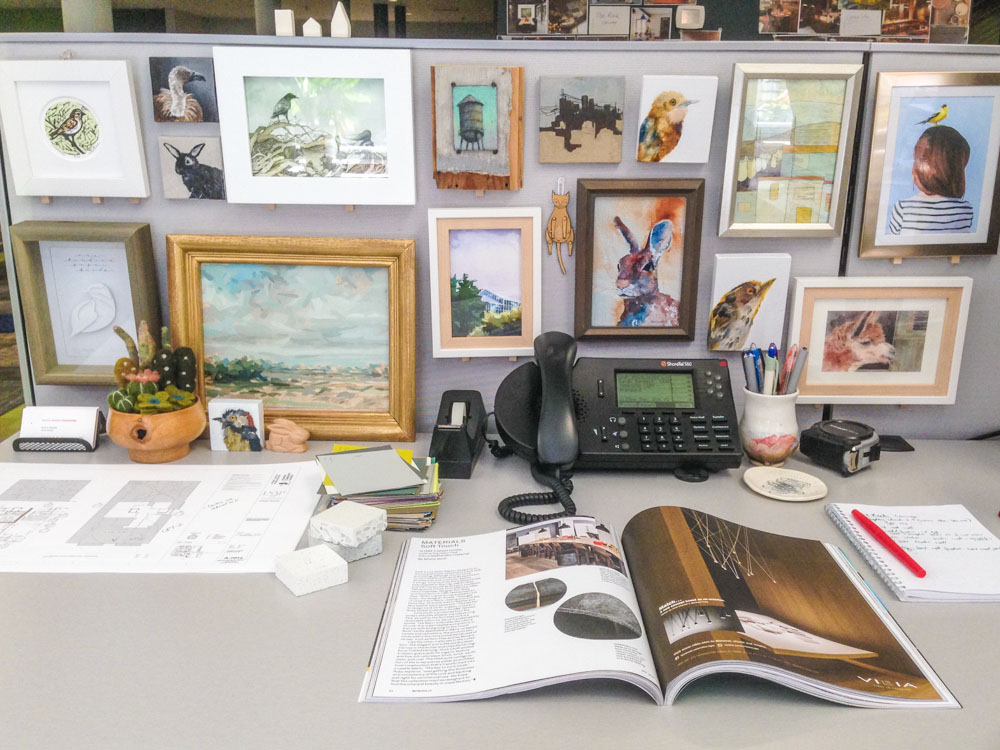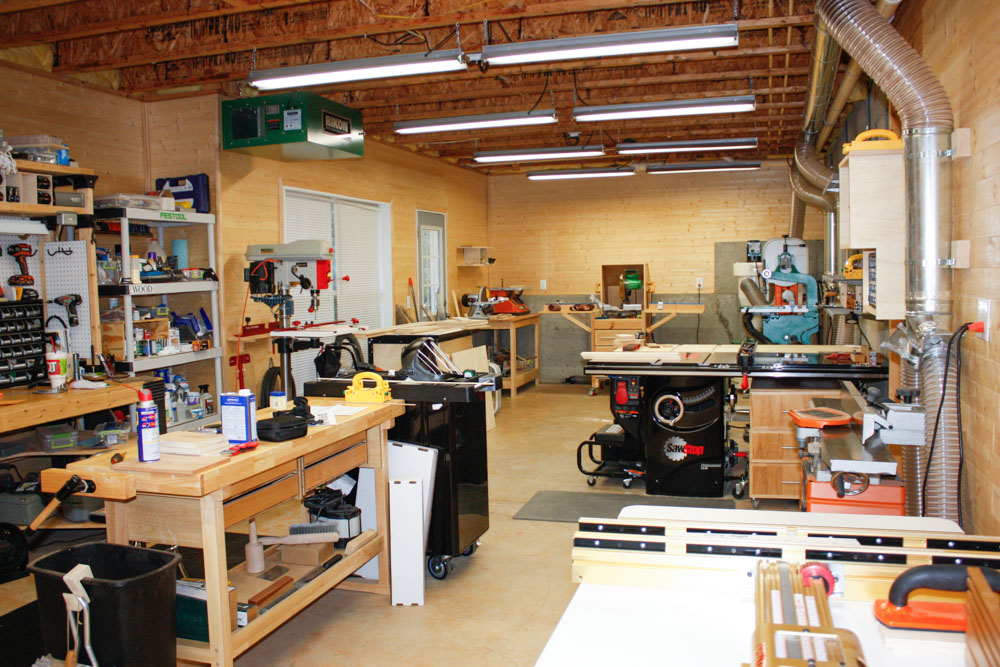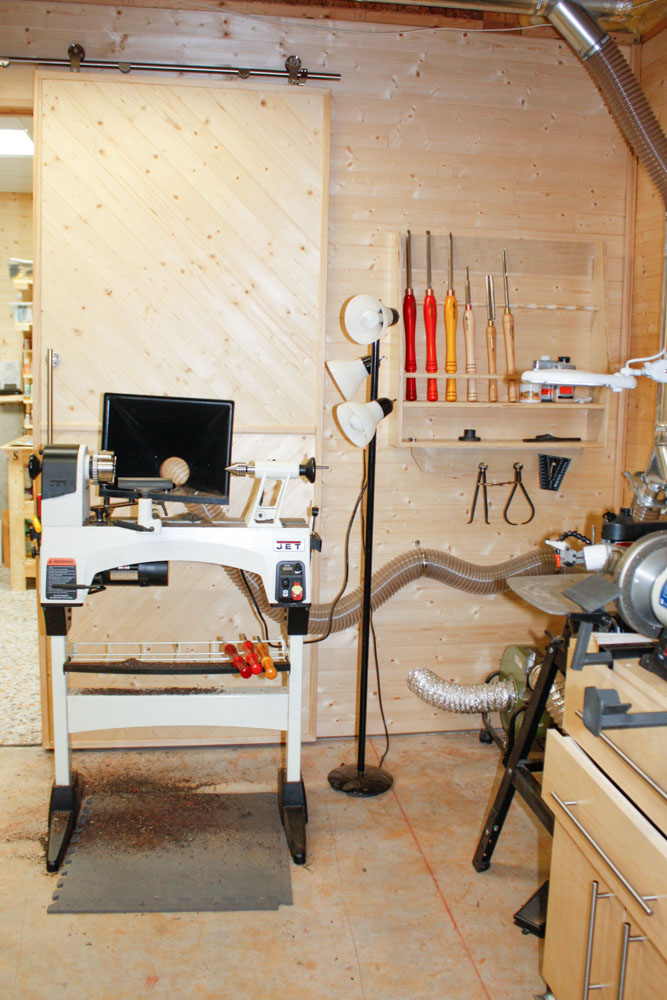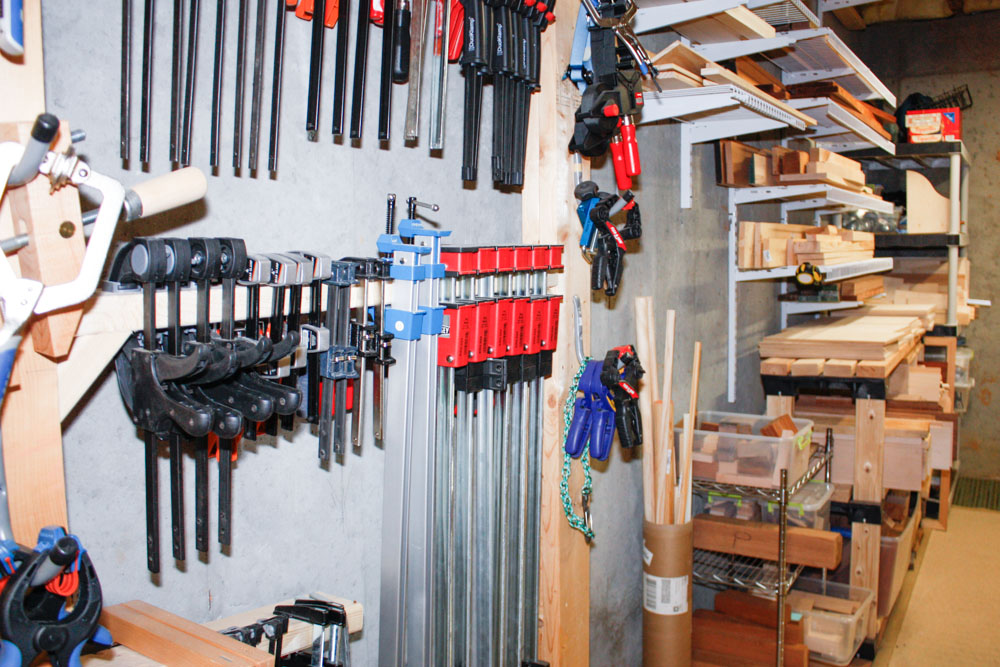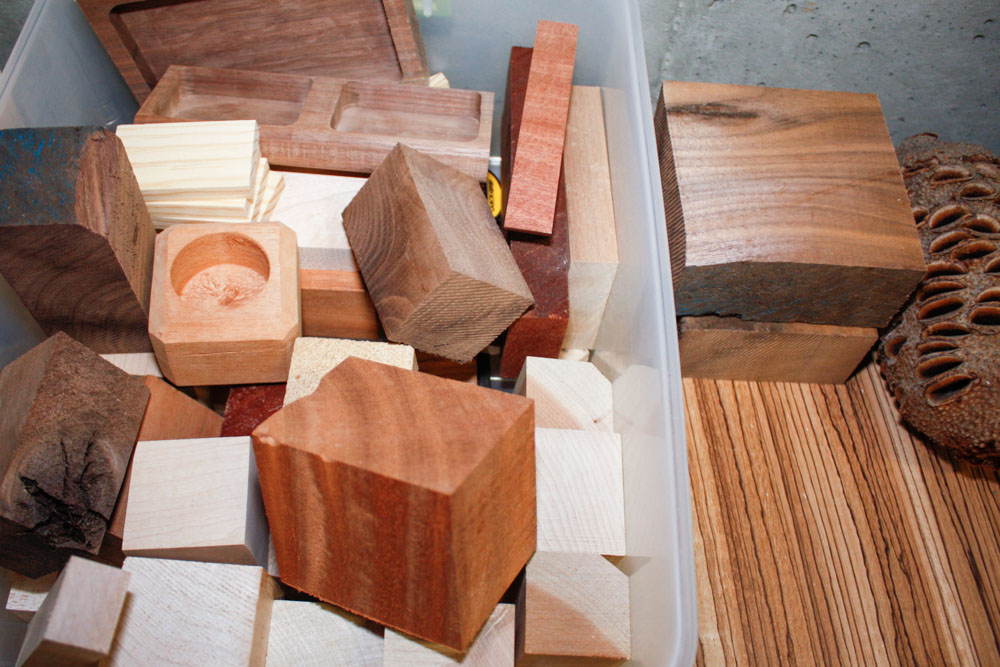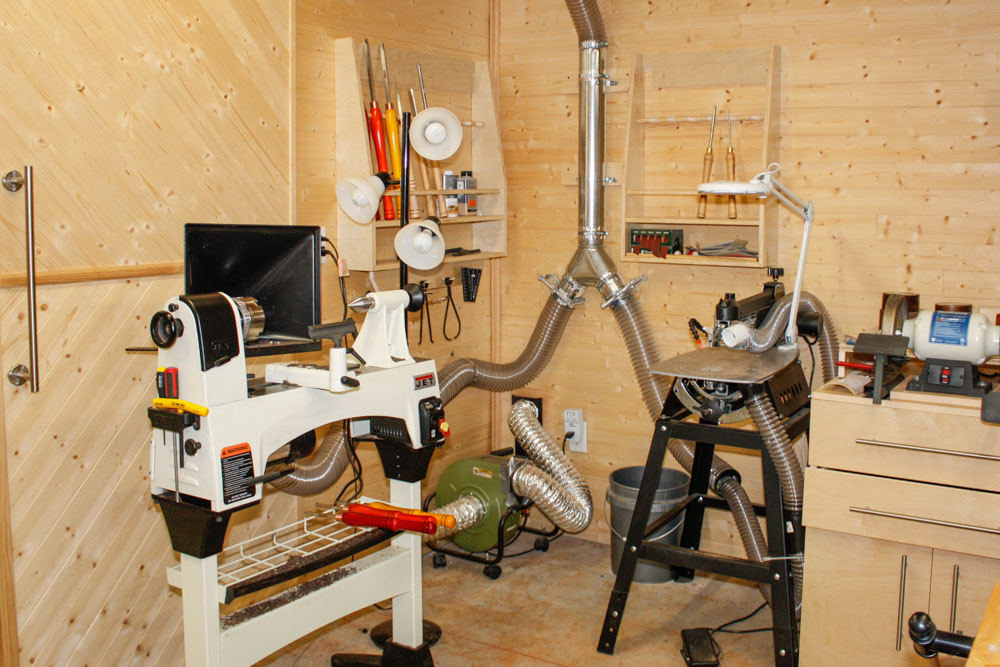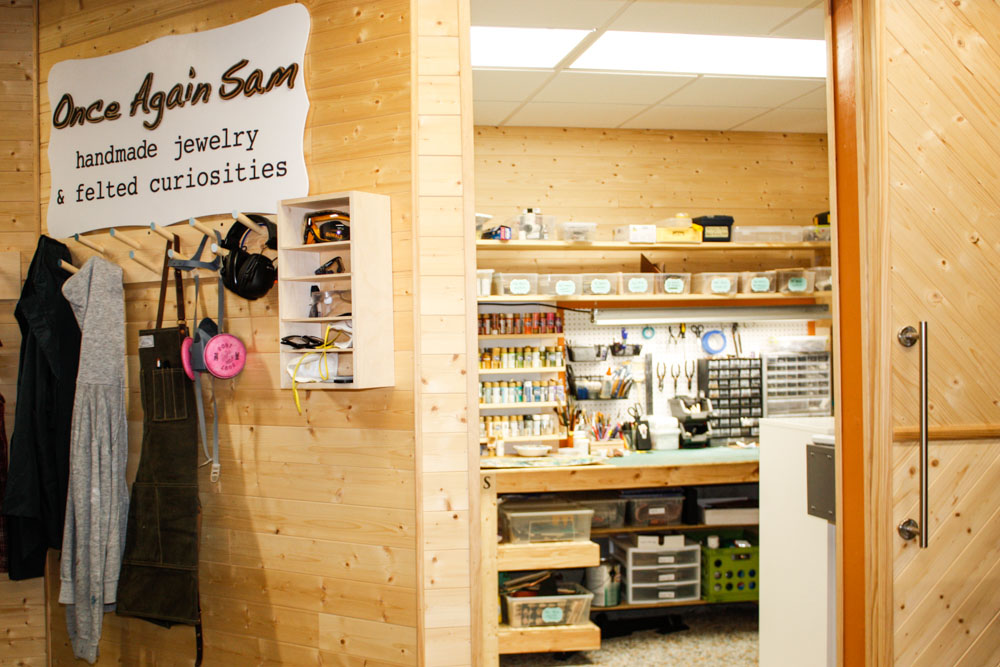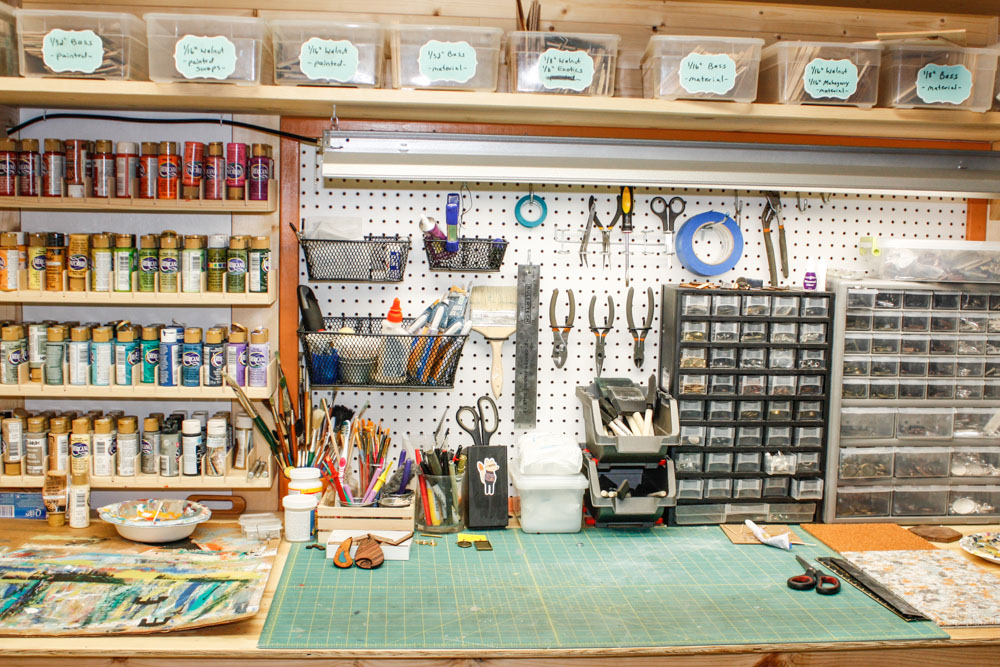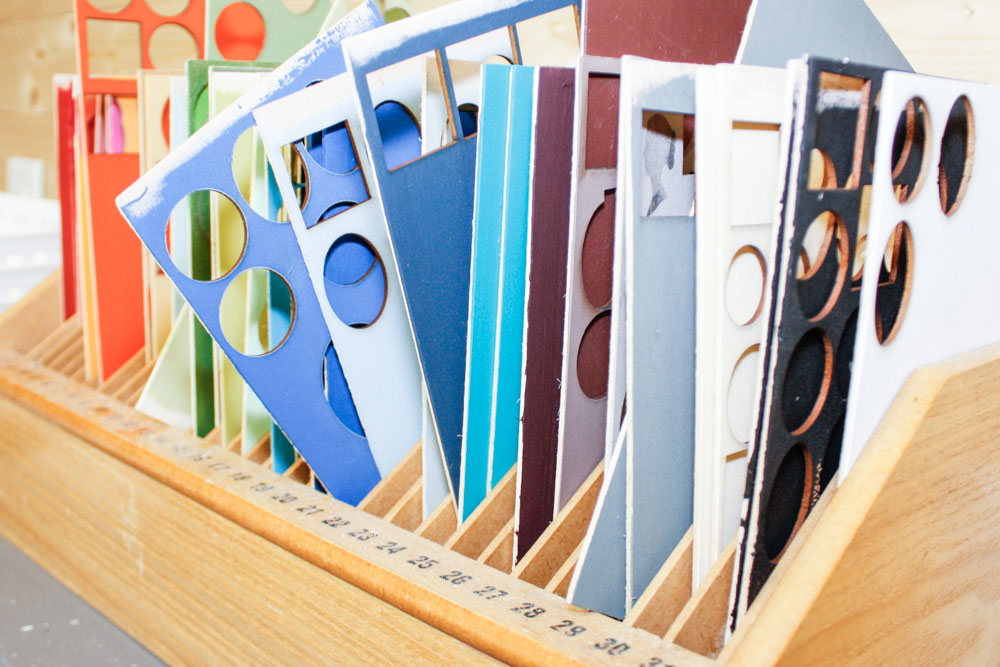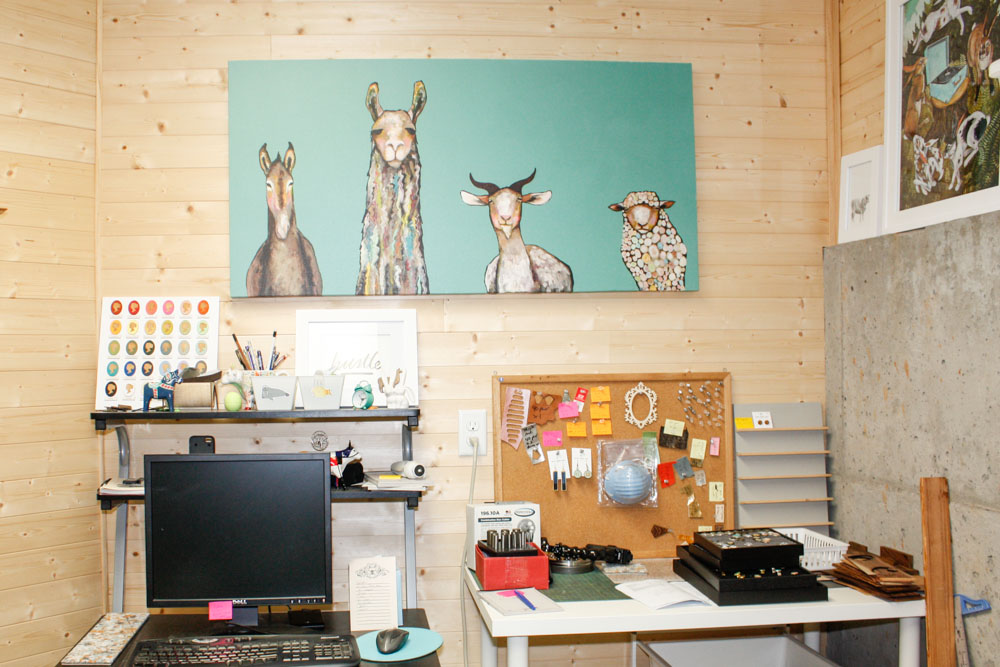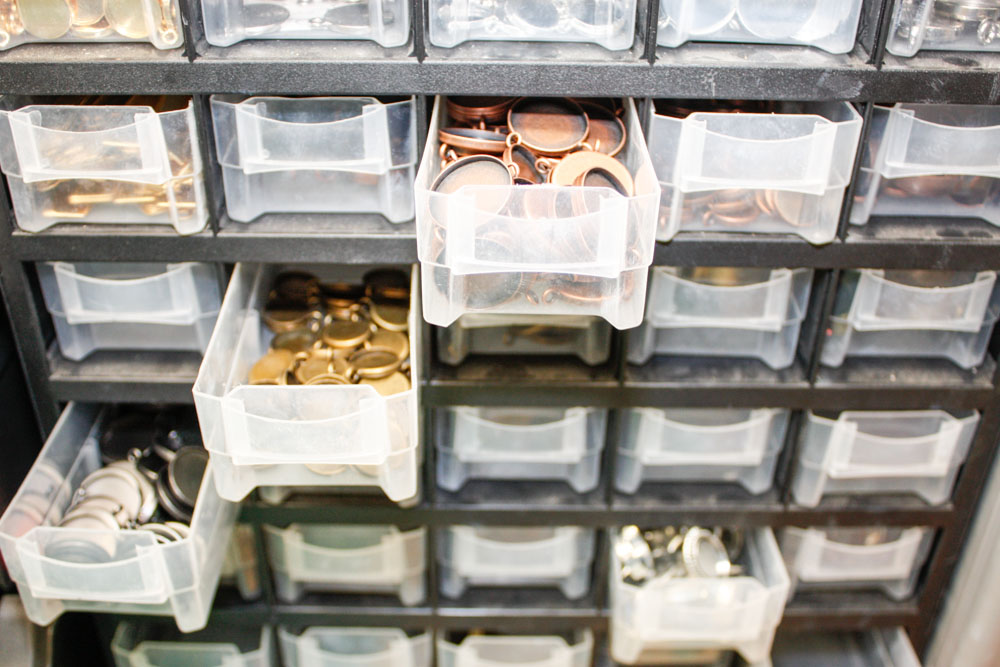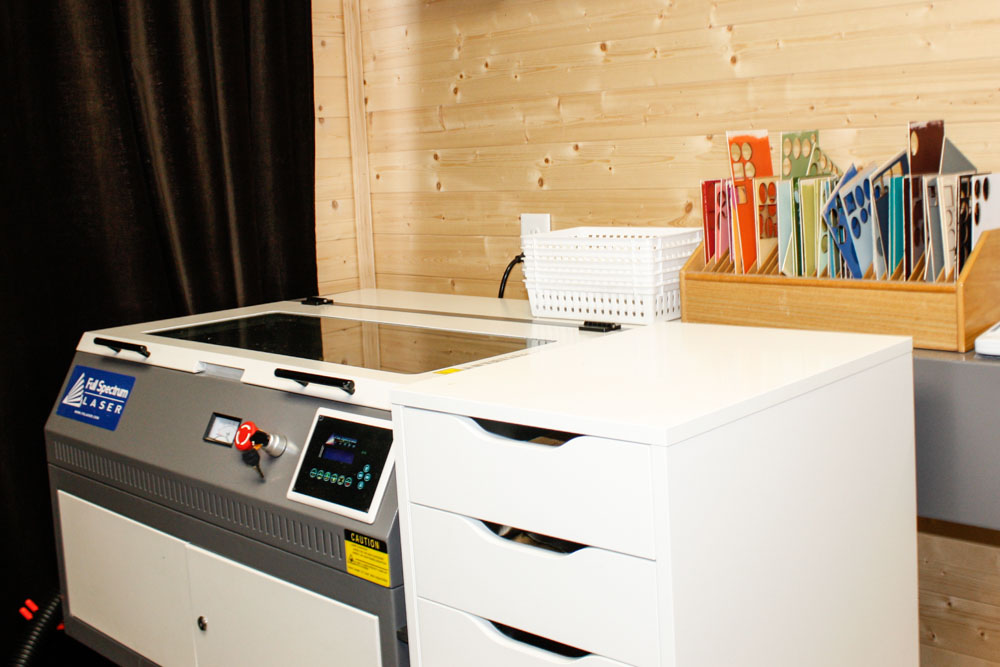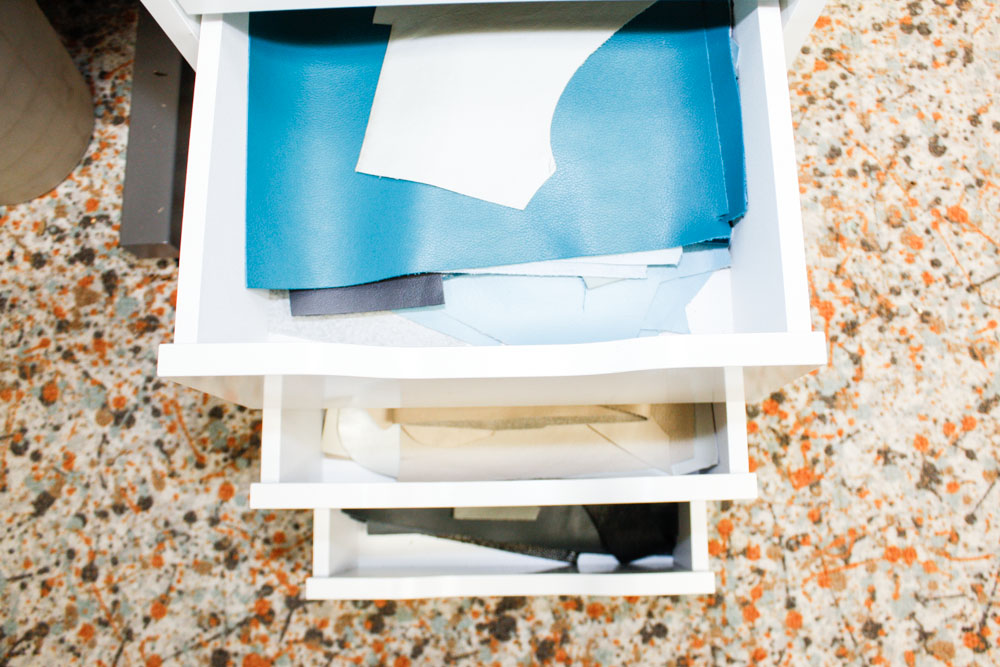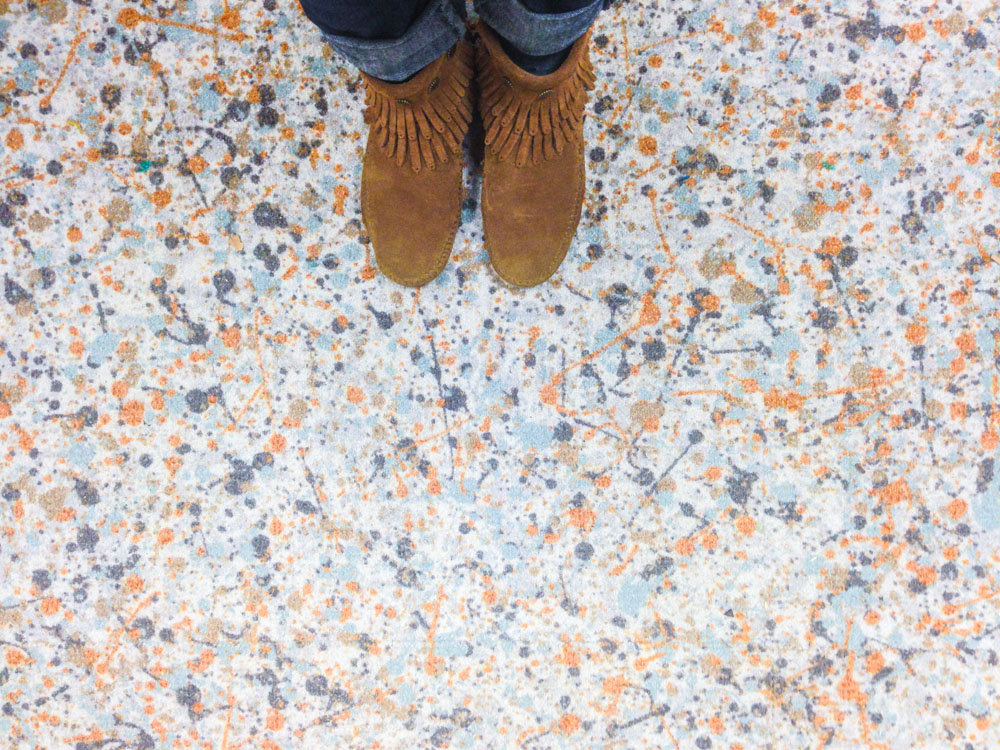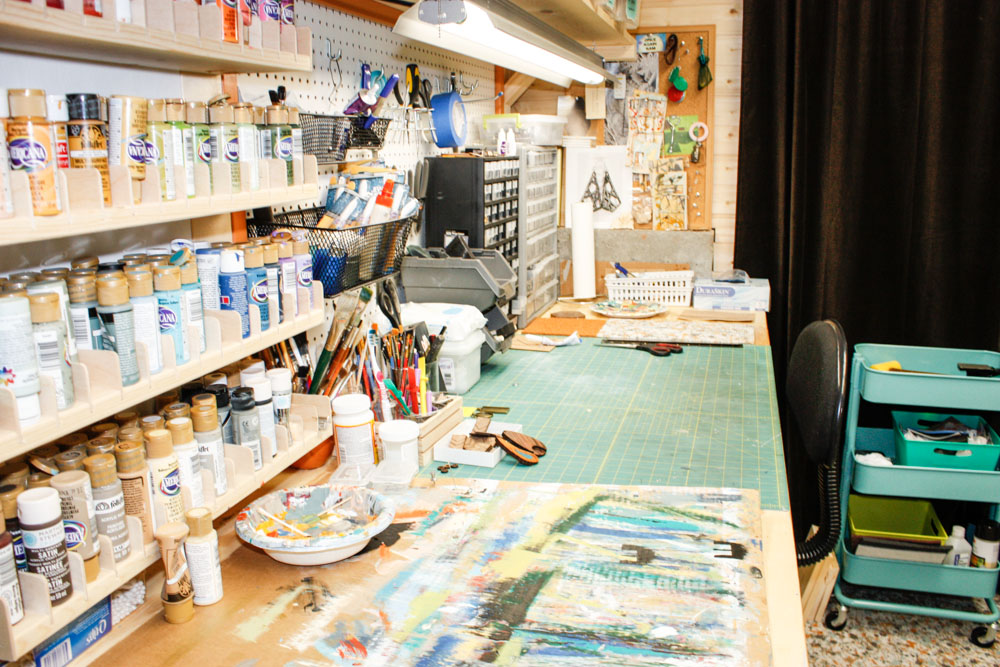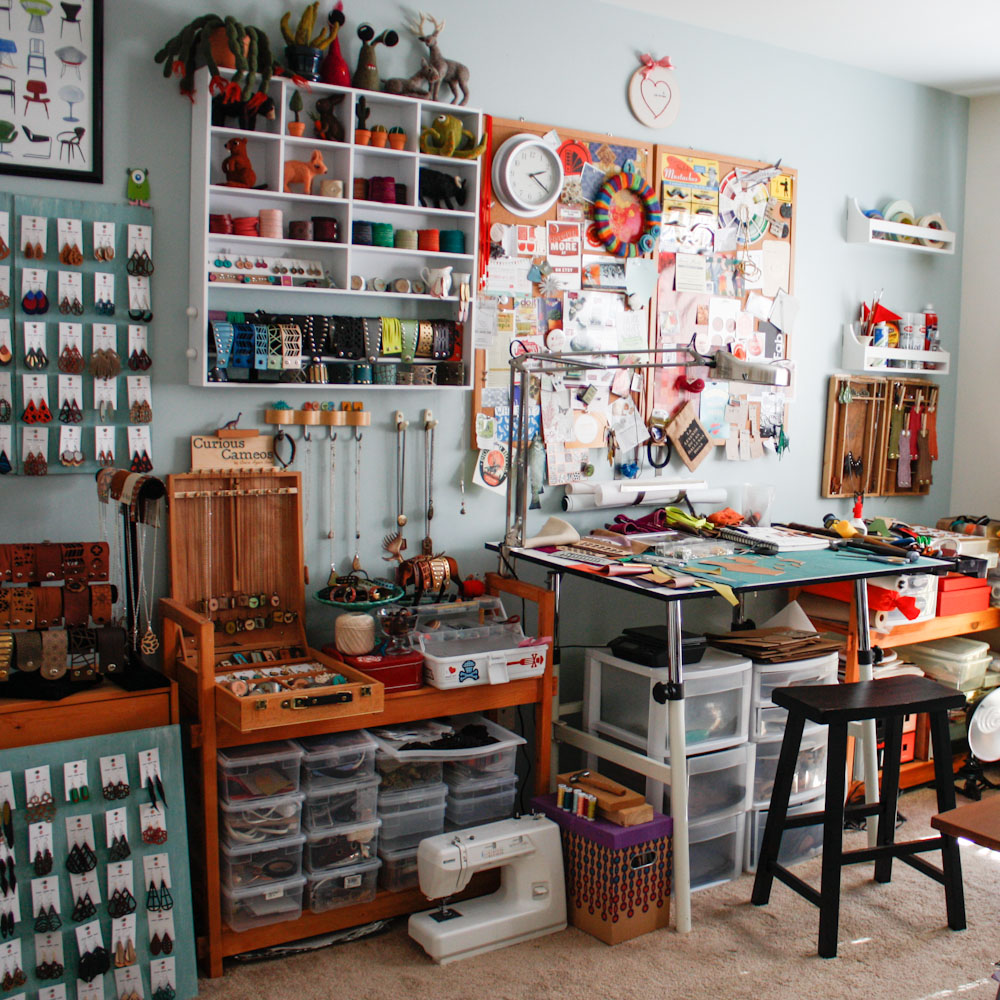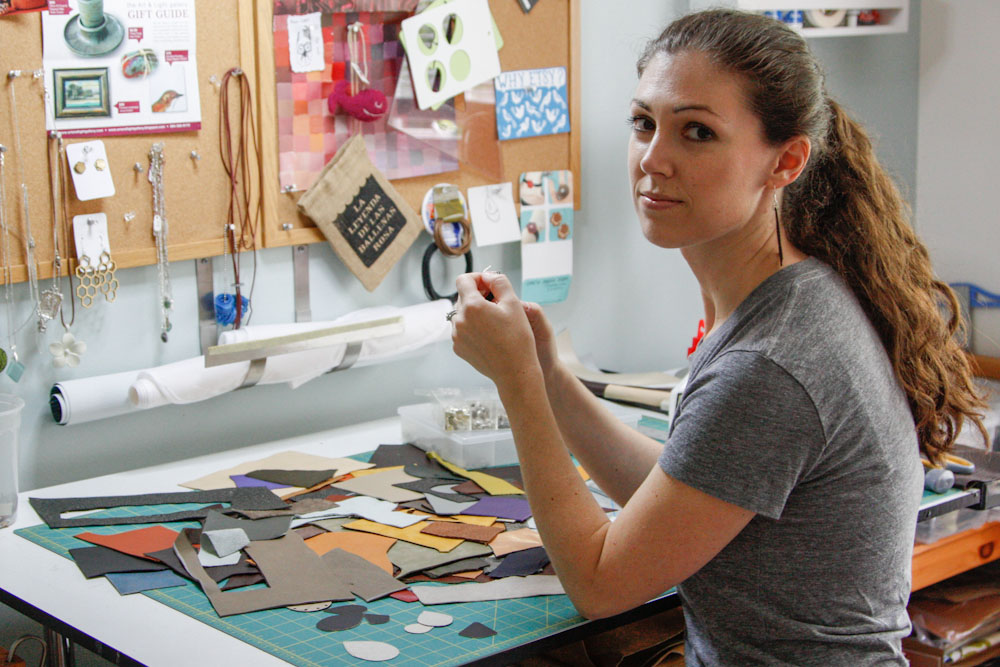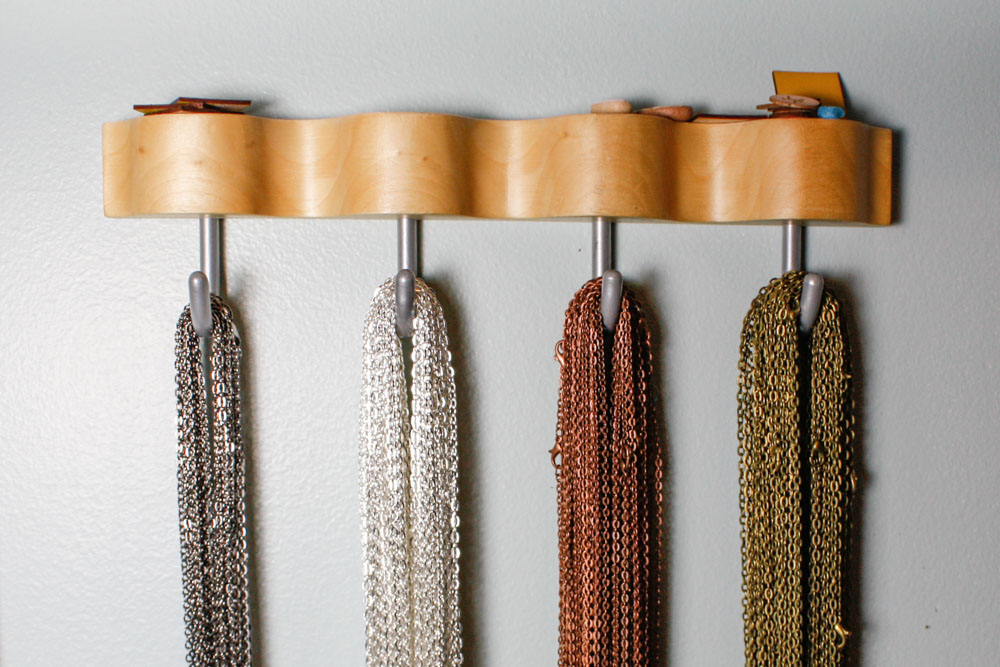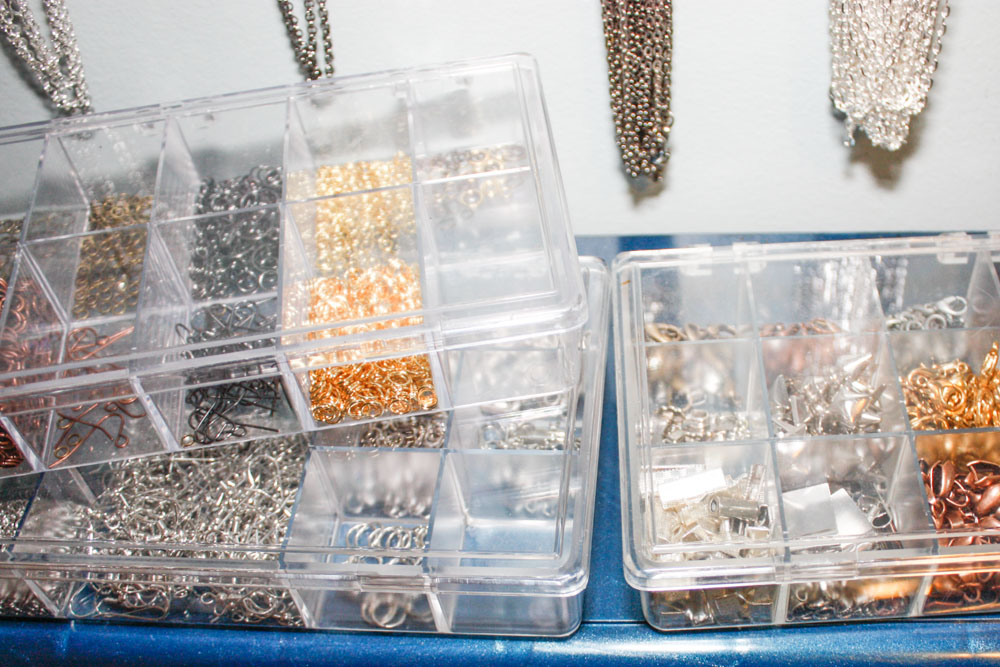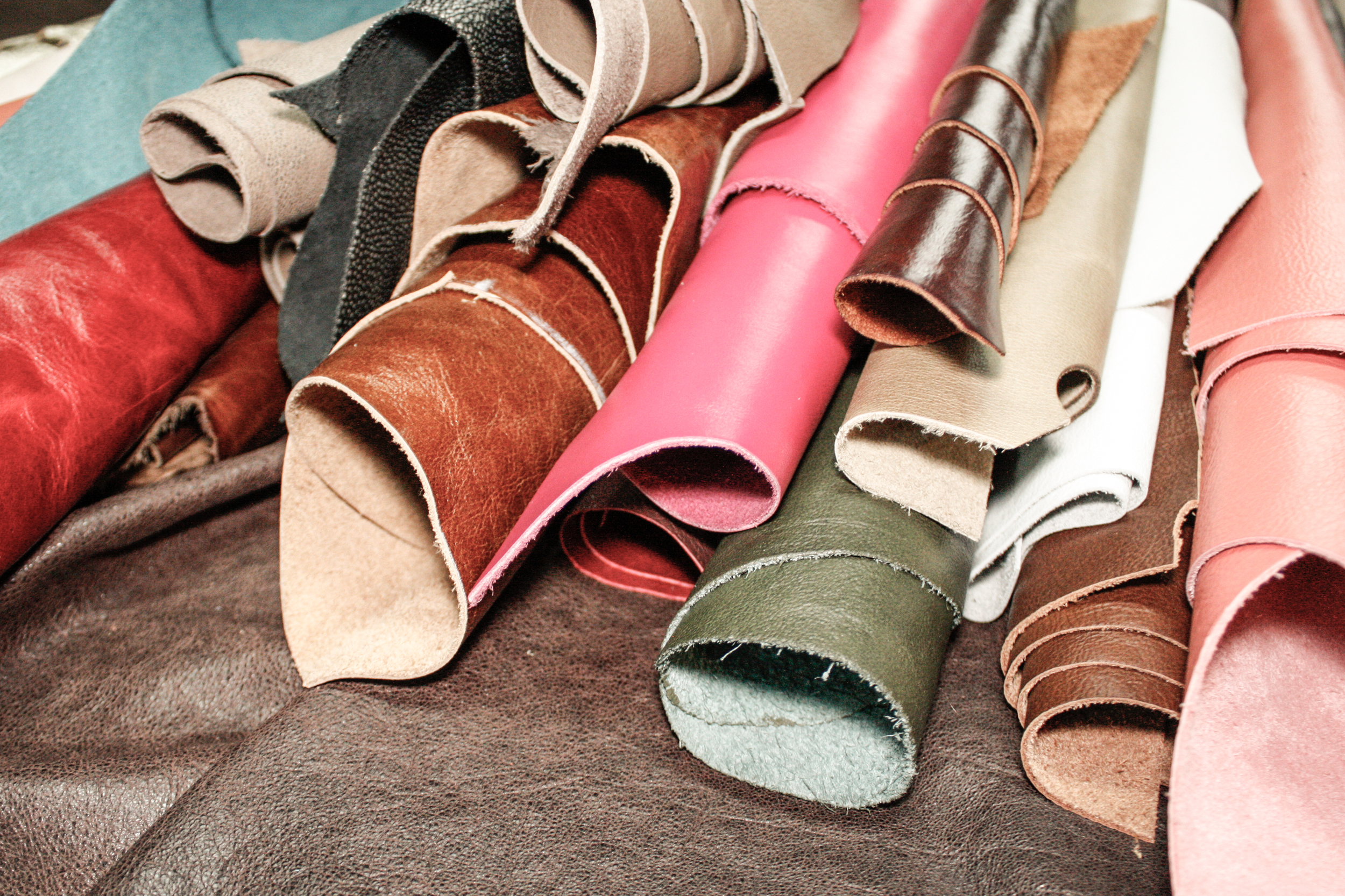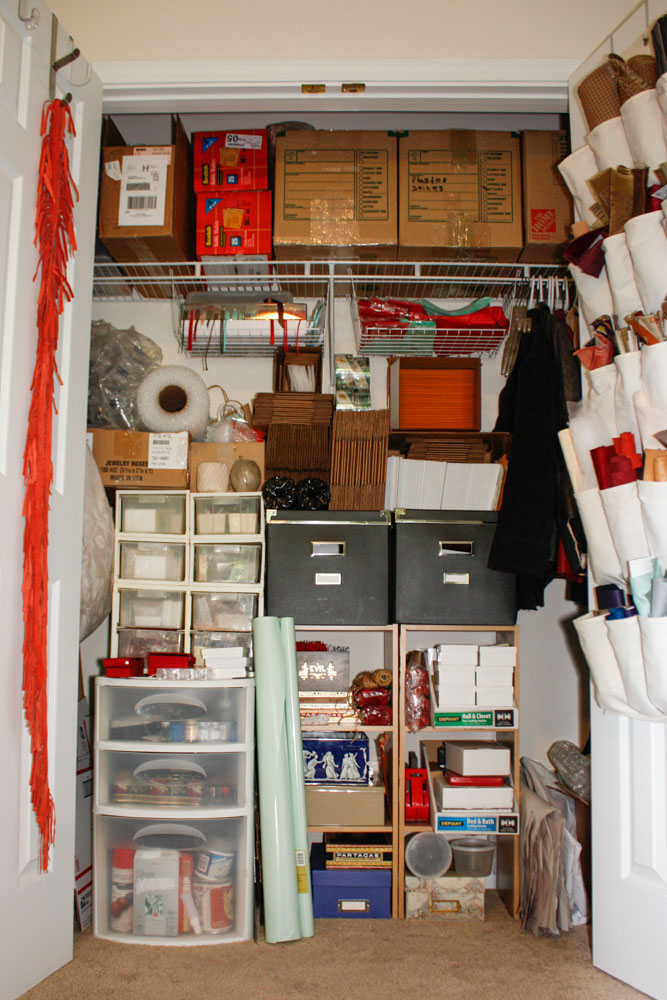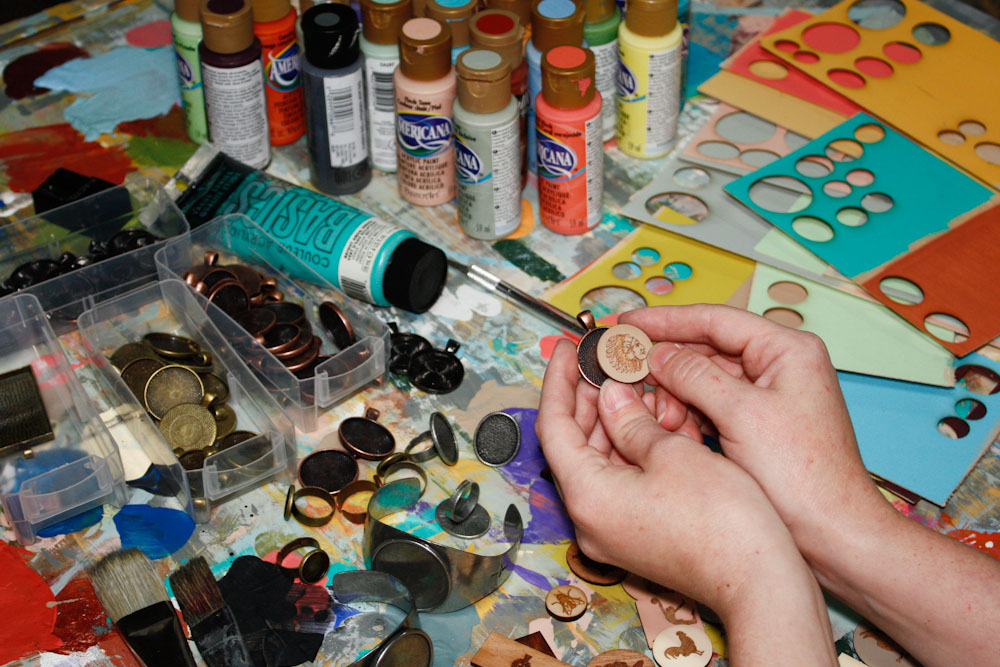Indie Craft Parade 2016 Recap
What a weekend. The 7th annual Indie Craft Parade took place this past weekend, and it was, as always, one of the best weekends of the whole year. This festival of all things handmade takes place every September, and it’s extremely competitive to get a spot as a vendor, but it’s a total blast once you’re in.
It’s also a LOT of hard work. I spend every minute of the summer preparing for this show, and when the weekend is over and the dust has settled, it feels like I’ve just accomplished something big, something that’s been months in the making. Today, as I write this, everything is sore: my face (from smiling non-stop for 3 days), my feet (from standing for the better part of 18 hours), my back (from load in load out), and my brain (from keeping track of sales and trying my best to remember names), but I’m beaming with joy. I met so many wonderful customers and fellow artists, and I got to share my work with 7,000 people. There’s something really thrilling about that!
This year was another record breaker, and I’m so thankful for everyone who came by my booth. I absolutely love to see people coming over to shop who are wearing jewelry they purchased from me years ago.
I did lots of shopping as well, and these are my 2016 purchases.
1. Bird cup from Moonbird Pottery
2. Necklaces from Twenty Two West
3. Ceramic ring cone from Paper&Clay
4. Screen print on wood from Bone and Ink • Drawings by Jennifer Janeiro Allen
5. Painted ornament from Origin Tale
6. Print from METHANE STUDIOS
7. Metal bunny bowl from January Jewelry
8. Large woven wall hanging from WARP & WEFT
9. Angry cukes, Little Rock Caviar, and Drunken Tomatoes from Doux South
10. Bible verse cards & holder from Thimblepress
11. Push-pop Confetti from Thimblepress
As in years past, I’m sharing some show stats, mostly because this event is fun to track from year to year. I sold less items than I did last year, but I earned more, and I also noticed I didn’t do as well on Sunday as I usually do, but I did almost double my usual sales during the Friday night VIP gala. You just never know how things will shake out!
In addition to stats, I thought I’d share a few practical tips and tricks that have worked well for me over the years. These things might be useful to anyone considering doing a craft show, or even the craft show veterans out there.
If you’re going to sit down at any point during the show, bring a director’s chair or taller stool so you’re still able to chat with customers and handle transactions without being hidden behind your display. It will feel more natural to talk to customers when you’re eye level with them, even if you’re going to sit. I know some pros say you should never sit (or eat, or be on your phone, etc.) but let’s get real here - you will probably need to do all three at some point!
If you know you’re going to be standing for the majority of the show (either because you’re in the “never sit down camp” or because it’s going to be a busy show and sitting isn't an option) bring one of those comfort mats to stand on. Half the time I’m standing barefoot on one of those things and it really helps keep my legs from tiring out over the course of the show (and nobody can see it anyway!).
You can never have too many business cards, bags, or dollar bills on hand at a show. Every stinkin year, I think I have more than enough for Indie Craft Parade, and I’m wrong. This year I packed over 400 bags, nearly double what I packed the year before, and darn it, I still ran out. I also took 100 bucks worth of one dollar bills and ran out by the end of the day Saturday. Be prepared, or better yet, be beyond prepared! I have never run out of business cards as of yet (thankfully) but I have seen plenty of vendors who did, and I just hate to see them losing potential follow-up business because their customers have no way of finding them after the show.
Pack lots of food and water. If a show is really busy, you may not be able to leave your booth for a meal, and only a handful of shows offer lunch deliveries. Also - when you’re thinking through what food to pack, I find it a lot easier to eat things with a fork (no sandwiches or pizza, etc.), so you can sneak in a quick bite here and there, then get back to your customers after minimal chewing without having to worry about leaving to wash your hands, food in teeth situations, or having to take a long break to eat something big & messy in one shot.
Be prepared for 60 through 90 degree temperatures, because both are possible and you have no way of knowing which. I’ve done shows where the AC was so extreme my fingers went numb and I shivered the whole time, and I’ve also had shows where I was a sweaty mess when the AC wasn’t at it’s best, so dress & pack for both extremes, no matter what time of year it is.
Rethink your packaging for busy shows (or prepare it ahead of time). Unless you sell really high end or fragile items, I’d say the simpler the better. I always feel really awkward when I’ve made a purchase and I have to stand there while the artist makes fancy ribbon curls. I know not everyone agrees on this, but I wanted to put it on this list as something to encourage you to think through ahead of time.
Bring back up devices for accepting credit card payments, extra battery backup, and all the chargers in the world. You don’t want any technology mishap to shut you down.
Pay attention to the questions your customers ask (or keep a list, if that helps), because you’ll catch on to some repeat questions after a while which is a clue you may have something that needs to be addressed. For example, when I first started selling my Curious Cameo pendants, people were always asking if I had longer chains. I never even thought of that until people kept asking about them, so now I keep extra chains if people would like to upgrade to a longer one. Easy solution!
HAVE A SIGN.
Consider taking custom orders during the show. For the longest time, people would ask for a custom item and I’d give them a business card and send them to my Etsy shop, and never hear from them again. Now, I offer to take their order right then and there, and I’ll even apply any show specials I have going on, so that I’m not leaving this possible future order up to chance. I also make things easy by bringing a color chart to the show so customers can see all the available options and choose exactly what they want.





